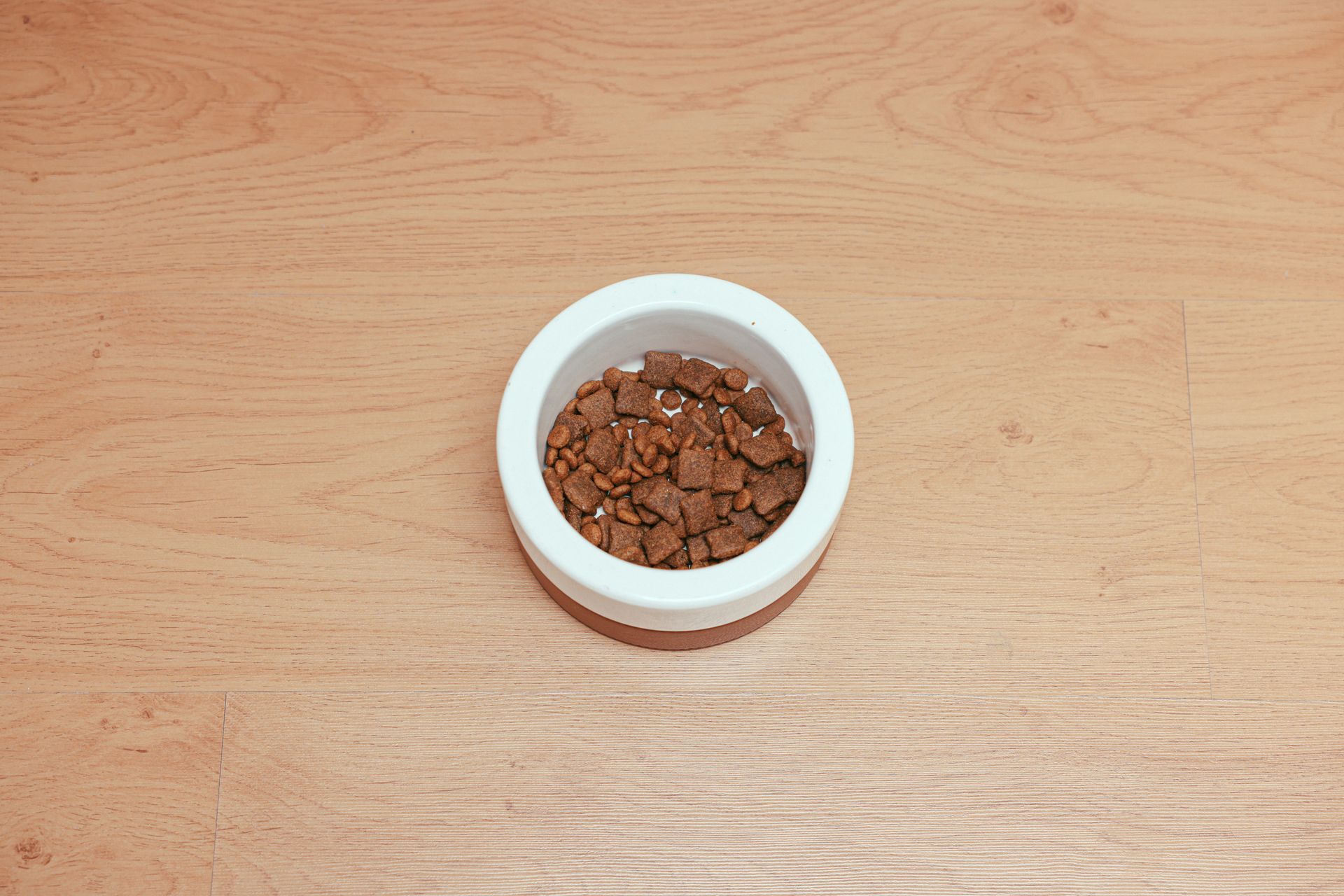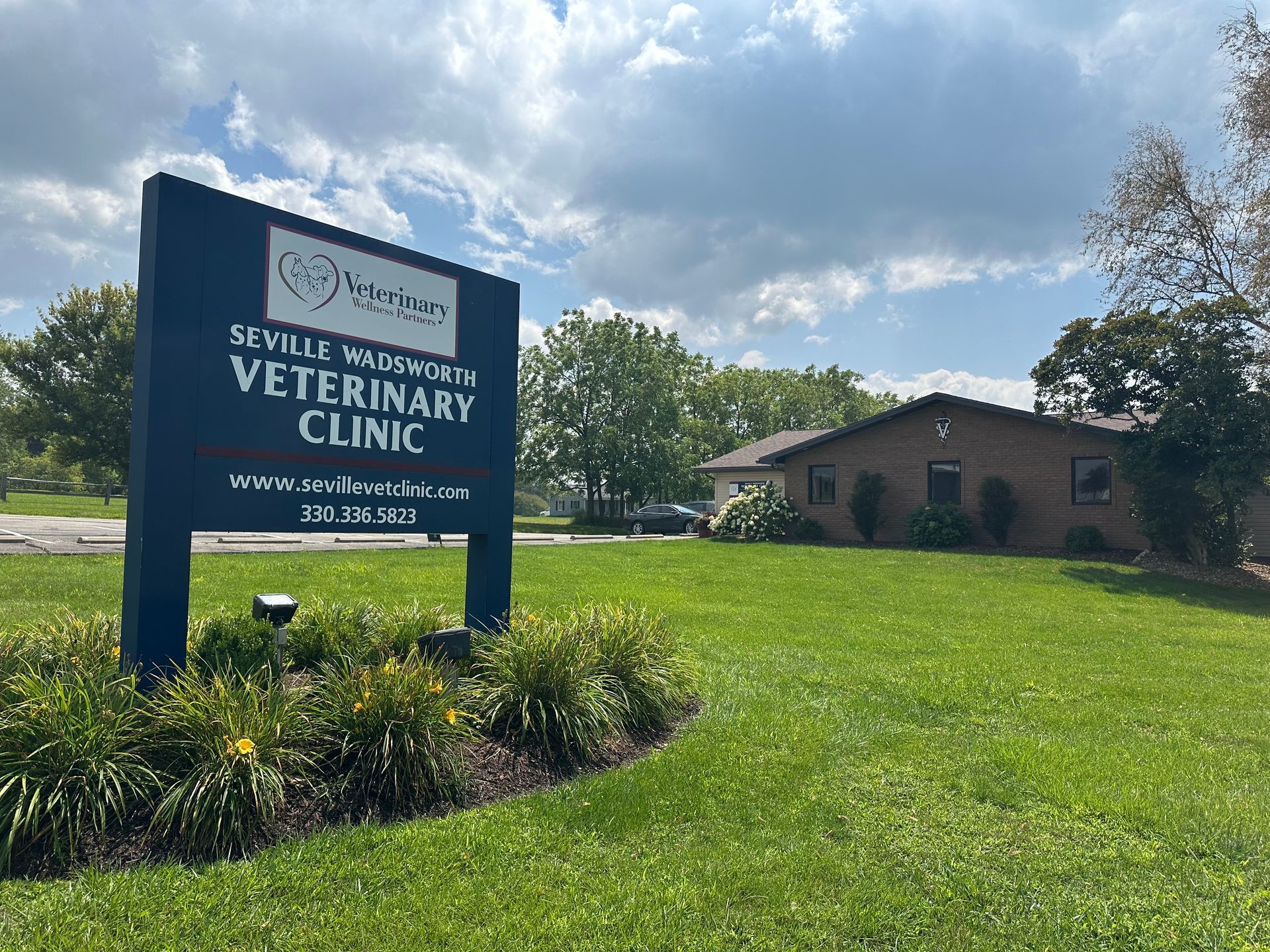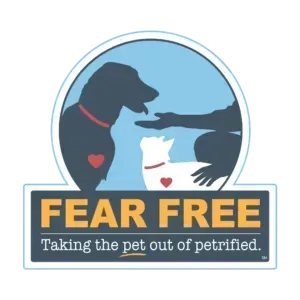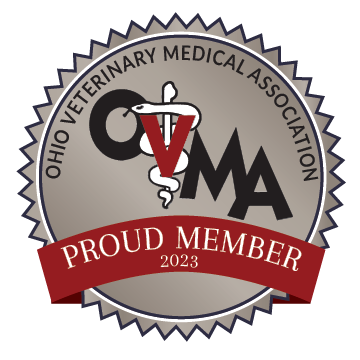Flea Treatment and Prevention
The cat flea is a leading cause of itching and scratching in dogs and cats that we evaluate at Akron Barberton Veterinary Clinic. All fleas survive by jumping onto an animal, biting their skin, and feeding on the blood. As a result you, will observe the animal scratching and chewing. This causes irritability, hair loss, and skin infections. In addition, some pets are not only irritated by the flea bite, but they are allergic (hypersensitive) to the bite itself. Pets with flea allergy dermatitis have a much more dramatic skin reaction than pets that are simply irritated by the flea's saliva. Often there can be large amounts of hair loss, severe skin infection, and the pet may be itchy and irritable from only a few fleas. We recommend checking your pet for fleas by buying a fine tooth comb and running it though your pet's coat. It is important to focus around the ears, neck, and tail head. If there are any black specks present, test them by applying hydrogen peroxide. The black flecks that turn red when sprayed are flea dirt, which is the digested blood of your pet defecated onto the skin. The scary part is that live adult fleas are only 5 % of the problem, with the rest of the stages including eggs, larvae, and pupae. One adult flea can lay 500 eggs in its lifetime. The pupated stage is essentially a cocoon and can live in the environment up to a year. It is stimulated to hatch if it is interrupted by movement, heat, and carbon dioxide indicating the animal is in the vicinity causing it to hatch into an adult flea.
Animals get fleas from other flea-infested animals. These include stray dogs or stray cats, some other neighbors’ dog or cat, urban wildlife (mainly opossums and raccoons). At some point, a contaminated went through your neighborhood, your yard, and the female flea is laying eggs and the eggs fall off into the environment your pet walks through. The best way to manage fleas and ticks is go to your veterinarian and find out what products they recommend for your area. The issue with many of the over-the-counter products is that many are what we call pyrethroids, or synthetic pyrethrins. Fleas are commonly resistant to this class of insecticides, so one of the reasons over-the-counter formulations don’t work very well. Be sure to use the correct size made specifically for your pet, as your pet can have a serious reaction to an overdose. Never use dog flea prevention on a cat, as a cat's nervous system can only handle feline flea preventative.
In order to prevent fleas we recommend that you keep your pet on a monthly preventative that is recommended by your veterinarian and using the product according to their recommendations. It is important to use a recommended preventive every month during flea season. Flea season is typically when the temperatures are above 50 degrees Fahrenheit with 50% relative humidity. This allows them to breed and for the adult fleas have a blood meal. Because of climate-controlled homes, fleas easily breed inside all year long if homeowners don't eliminate fleas, flea eggs and flea larvae.
The best way to treat a flea infestation is by starting with a monthly preventative recommended by your veterinarian. Of course, the product should be used product according to the recommendations. In the face of an outbreak or infestation, an effective flea prevention is recommended once monthly for a minimum of 3 months. This method and duration is required for full kill of the flea life cycle. This also includes vacuuming your home, washing all bedding in hot water, and using an approved flea insecticide spray or bomb in the home. This environmental treatment should be repeated in two weeks. It is important to remove all animals, including fish and birds, from the home while using any insecticides. Spray your carpets, rugs, furniture, baseboards, along walls and on your pet's bedding. Make sure to follow the directions on the can. It is important to make sure that you don't forget door edges, corners, floors with cracks and underneath furniture and furniture cushions. Flea larvae love to hide in dark places even if your pet is too large to crawl under your furniture. If you use a fogger, you still need to spray the areas that the fogger can't reach. Be sure to throw away the vacuum bag or all contents of the container if the vacuum is bag less. This should be disposed of immediately after vacuuming. If your pet goes outside it is recommended to continue to use the flea preventative monthly during flea season. If your pet spends more than 5 percent of its time outdoors, it may be necessary to treat the yard as well. You should remove debris like fallen leaves, grass clippings or other organic items before treating your yard. Also, mow your lawn before you spray. Make sure to spray all shaded or partially shaded areas; such as inside dog houses, beneath trees, shrubbery and bushes or beneath your deck or porch.
There are many myths about the use of natural or organic flea preventatives and their efficacy. There really aren’t any that are very effective from a natural standpoint. Many people resort to using garlic and/or brewer’s yeast, yet the research shows none of that stuff works. We feel that if these home remedies have worked for you, then there are likely no fleas in the environment your pet has been in.. But remember, the way animals get fleas is by some other flea-infested animal - a stray dog or stray cat, or some other neighbors’ dog or cat, or urban wildlife coming into the environment and leaving flea eggs, larvae, pupae, or adult fleas behind. It’s better to protect your pet the correct way and safe way the first time, as this will save you and your pet a lot of headache and save you a lot of money in the long run. At our animal hospital, we carry a full line or recommended and effective preventives. We are located at 1111 Wooster Rd. N in Barberton, Ohio. Our location is conveniently accessible from Akron, Barberton, Norton and the surrounding areas of Summit and Stark counties.
Submitted by Amanda Bell, R.V.T. Seville Wadsworth Veterinary Clinic












